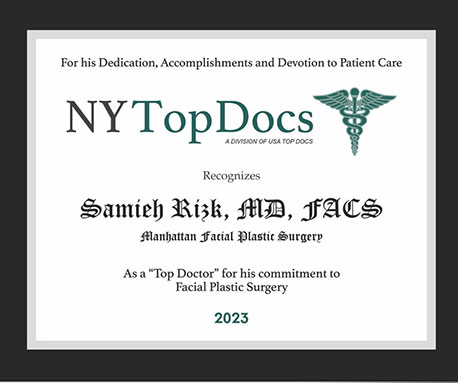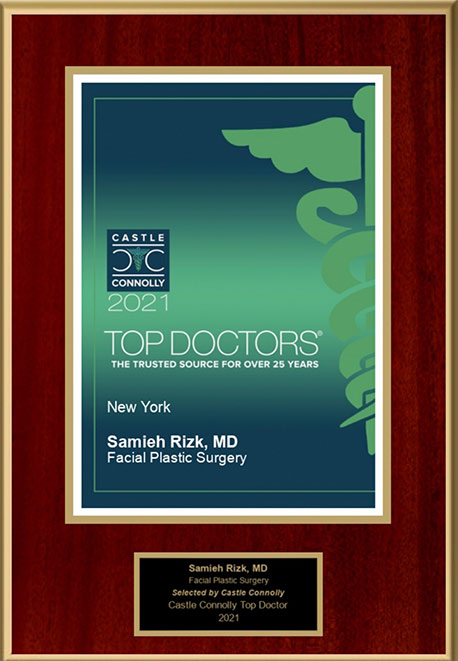Rhinoplasty Guides
-
What To Look For In An Ethnic Rhinoplasty
Certain ethnicities tend to exhibit particular nasal traits. Learn about how these traits are considered when performing rhinoplasty for Asian, Hispanic, African-American, Indian and other non-Caucasian patients.
Read More -
Female Facial Anatomy and Rhinoplasty
Rhinoplasty surgeons use the same surgical techniques on both women and men but take specific considerations on each gender. Traits often cited as ideal characteristics of the female face include voluminous lips, wide set eyes, long eyelashes, and a relatively small, upward-tilted nose, among others.
Read More -
Male Facial Anatomy and Rhinoplasty
Male rhinoplasty is similar to female rhinoplasty in most respects. However, when conducting male rhinoplasty, techniques are used to differently so that the facial plastic surgeon performing the surgery can achieve a masculine appearance.
Read More -
The Role of Nasal Implants in a Rhinoplasty
Sometimes, nasal implants are required to build up or reinforce the nasal structure to achieve the desired outcome. This guide will help you understand why nasal implants are used and what materials they can be made from.
Read More -
All About the Teenage Rhinoplasty
The two main motivations that drive a teenager to seek rhinoplasty are dissatisfaction with their appearance and problems with nasal breathing due to injury or a congenital defect. Teenagers are sensitive about their appearance, as the adolescent years bring about rapid physical, mental and hormonal changes.
Read More -
What are Rhinoplasty Grafts Used for?
Grafts are commonly used in rhinoplasty to augment, support or provide shape to the nasal structures. In rhinoplasty, the term “graft” is a procedure in which bone, cartilage or soft tissue is taken from one site on the body for use in the nose. The graft will form its own blood supply and become part of the nasal structure where it has been positioned.
Read More -
Benefits of a 3D High Definition Rhinoplasty
For over 15 years, rhinoplasty surgeons have used endoscopic telescopes to view tiny, delicate structures inside of the nose. The advancement of endoscopic imaging has led to the use of 3D high definition imaging in rhinoplasty. When this technology is used, the procedure may be referred to as 3D high definition rhinoplasty in which the surgeon uses a specialized telescope to view the bridge of the nose from inside.
Read More -
What is an Open Rhinoplasty?
Also referred to as external rhinoplasty, open rhinoplasty is performed by making a small incision at the base of the nose, across the columella. This allows the surgeon to “open” up the nose to gain complete access to the underlying nasal structure during surgery.
Read More -
What is a Closed Rhinoplasty?
Unlike an open rhinoplasty, a closed rhinoplasty does not require an external incision. After the patient has been anesthetized, the surgeon performs the surgery by inserting tools through the nostrils into the nasal passages.
Read More -
Techniques for Rapid Recovery following a Rhinoplasty
Rapid recovery rhinoplasty is a type of rhinoplasty in which the surgeon takes special precautions to speed up the recovery period. This may include making small incisions, avoiding nasal packing, and using special tissue glues and dissolvable sutures.
Read More -
What is a Finesse Rhinoplasty
Finesse rhinoplasty is a nasal reshaping surgery that involves subtle adjustments to the patient’s nose. Unlike traditional rhinoplasty, the surgery does not involve the alteration of underlying nasal structures. Finesse rhinoplasty is a purely cosmetic form of rhinoplasty and is not designed to treat major functional problems, such as a deviated septum.
Read More








